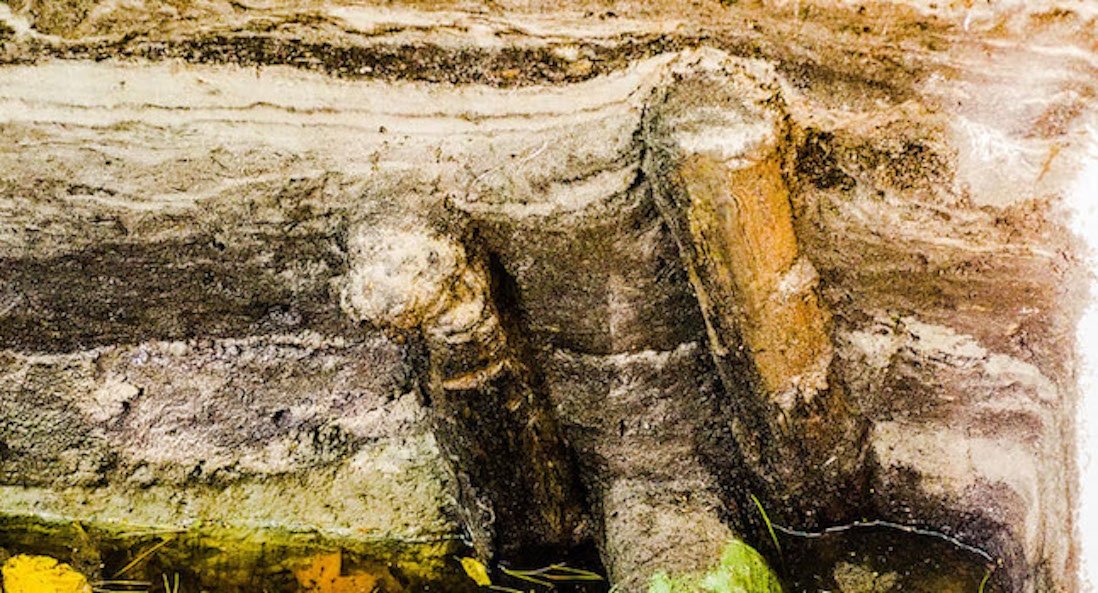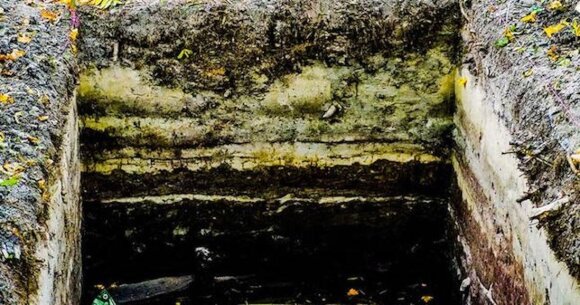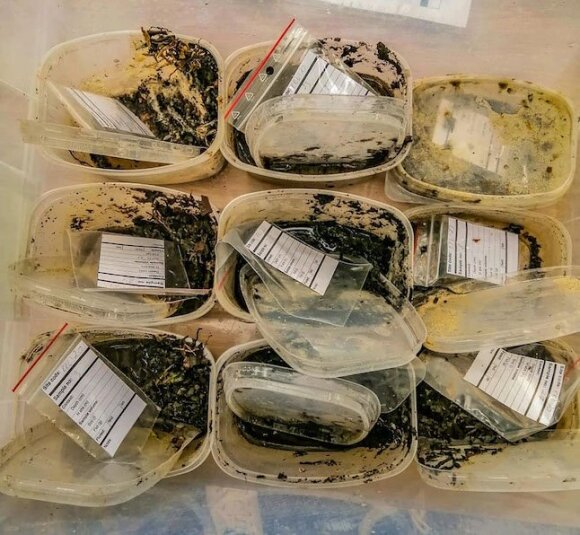
[ad_1]
“The bronze-aged settlement on the hill is revealing much of its contents. After the archaeological investigation, it is time to get into sample processing. Archaeologists located in the courtyard of the Seaside Regional Park Directorate washed the soil samples from this year’s Kukuliškės mound and settlement. The soil is washed to find and identify the remains of various plants that were cultivated, consumed and used by this Bronze Age community 3,000 years ago. Detailed analyzes will have to wait until the Spring of next year, when each grain or seed will be examined under a microscope and identified. And after an intense day of work, we can rejoice that the number of seeds is extremely large and we will count more than a thousand. We have already seen with the naked eye that there are beans, wheat and barley seeds ”, reads the Facebook account of the coastal regional park.
Bone artifacts detected
After contacting the director of these investigations, Vakarų ekspres, a researcher at the Baltic Regional History Research Institute of Klaipėda University, dr. Miglė Urbonaitė-Ubė, who agreed to tell more about the findings.
“The detection of surviving wooden structures in an area 3,000 years old is a rare phenomenon. After all, it was the Bronze Age,” said M. Urbonaitė-Ubė.
According to her, many bone products, jewelry and tools were found: pins, lynxes, shovels, bone knives.

© Seaside Regional Park
“Animal and fish bones were taken for research. Many seeds have been found, so by identifying them, we will be able to know what people ate at that time, ”said Dr. M. Urbonaitė-Ube.
In 2018, journalist Denisas Nikitenka wrote that people lived on the Kukuliškės mound from the 8th to 6th century BC, so it can be called one of the oldest in all of western Lithuania.
“In general, there are very few Bronze Age mounds on the coast. The land is most famous for the funerary monuments of this period. The laboratory investigation also revealed that the inhabitants of the Kukuliškės mound were mainly engaged in agriculture, cattle ranching and less hunting, ”said archaeologist M. Urbonaitė-Ubė.
He stated that the archaeological investigation of the Kukuliškės mound is trial and carried out in stages.
“This is the third season of investigation, we started working in 2017,” he emphasized.
Older than Birutė Hill
Some time ago, scientists unearthed stone structures on the mound, which testify that people lived here, and buildings were installed.
“Beyond Birutė Hill, this mound is 1.5 thousand older. years. People lived here about 500 years BC, in the Bronze Age. It is likely that a small community of up to 30 people lived here. It seems that the population has already dedicated itself to agriculture and livestock ”, said M. Urbonaitė-Ubė.

© Seaside Regional Park
The fact that people lived on the seashore in those days is also a rare phenomenon.
“Currently, the mound is 300 meters from the sea, and at that time the settlement had to be on the seashore, because the sea level was higher. The question arises as to why he lived so close to the sea. Maybe they were fishing, maybe they were interested in seals or the amber trade? Because there are no longer established settlements along the coast in Lithuania. Usually people did not choose such places, settlements were created near fresh water springs. Living by the sea was uncomfortable due to the wind, storms, it was wet and cold. We are trying to explain why this community was developing in extremely unfavorable conditions, ”said M. Urbonaitė-Ubė.
[ad_2]